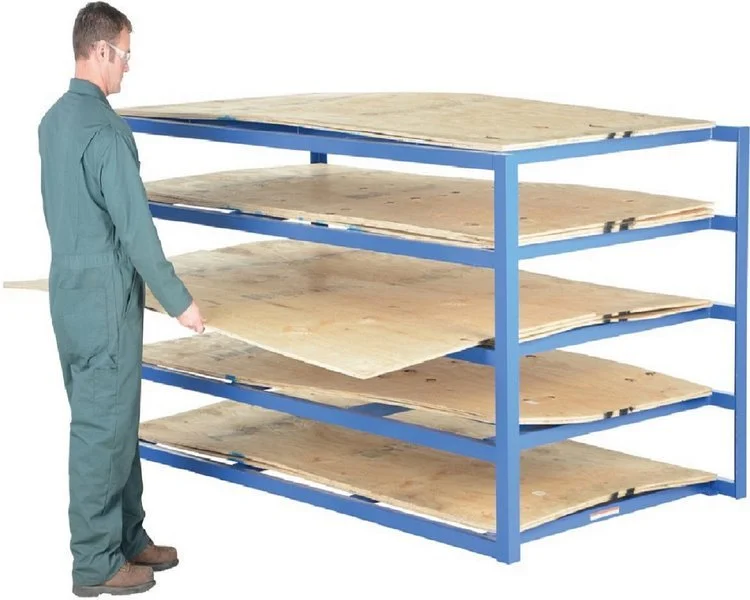Aerial lifts are essential pieces of equipment used in various industries, such as construction, maintenance, and warehousing. They provide a safe and efficient way for workers to reach elevated work areas, but they also pose significant safety risks. If not used correctly, aerial lifts can cause accidents, serious injuries and death. In this blog, we will discuss some essential safety guidelines for using aerial lifts.
Before Use: Before using an aerial lift, ensure that it is inspected and maintained regularly. A pre-use inspection should be conducted by a trained and qualified individual to ensure that the lift is in good working condition. Inspect the lift's controls, safety devices, and components to ensure that they are functioning correctly. Check the platform and guardrails to ensure that they are secure and free of any obstructions or debris. Always read and follow the manufacturer's instructions and warning labels.
Selecting the Right Lift: Selecting the appropriate aerial lift for the job is crucial. Choose a lift that can handle the weight and height required for the task. There are various types of aerial lifts, such as scissor lifts, boom lifts, and vertical lifts. Each type has specific features and benefits that make it suitable for specific applications. Ensure that the workers who will be operating the lift have received adequate training and are qualified to use the specific type of lift.
Fall Protection: Fall protection is essential when using aerial lifts. All workers using the lift should wear personal protective equipment (PPE), such as a harness and lanyard. The harness should be attached to an anchor point on the platform and should be adjusted to fit correctly. Ensure that the workers are trained on how to use and adjust the harness and lanyard correctly.
Stabilization: The aerial lift must be adequately stabilized before use. The lift should be on a level surface and the brakes should be engaged. Outriggers or stabilizers should be deployed and the lift should be secured to prevent any movement or tipping. Always follow the manufacturer's guidelines for stabilizing the lift.
Environmental Conditions: The environmental conditions can affect the safety of the lift. Do not use the lift during severe weather conditions, such as high winds, rain, or thunderstorms. If there is a risk of electrical hazards, such as overhead power lines, the lift should be positioned at a safe distance away from them. Workers should be trained on how to recognize and respond to environmental hazards.
Emergency Preparedness: Emergency preparedness is essential when using aerial lifts. Ensure that workers know how to respond to emergencies, such as a power failure or equipment malfunction. Workers should be trained on how to lower the platform manually and how to evacuate the lift safely in case of an emergency.
Links to some of our aerial lifts:
Single Person Maintenance Lift | Platforms and Ladders
Power Stocker Lift | Platforms and Ladders
Drivable Vertical Mast Lift | Platforms and Ladders
Mini Merchandise Lift | Platforms and Ladders
Explosion Proof Booms and Scissors Lifts | Platforms and Ladders
Industrial Man Lifts for Sale | Platforms & Ladders (platformsandladders.com)
Conclusion: Aerial lifts provide a safe and efficient way for workers to reach elevated work areas, but they also pose significant safety risks. To ensure worker safety, always inspect the lift before use, select the appropriate lift for the job, provide fall protection, adequately stabilize the lift, consider the environmental conditions, and be prepared for emergencies. Following these essential safety guidelines can help prevent accidents and injuries when using aerial lifts.































